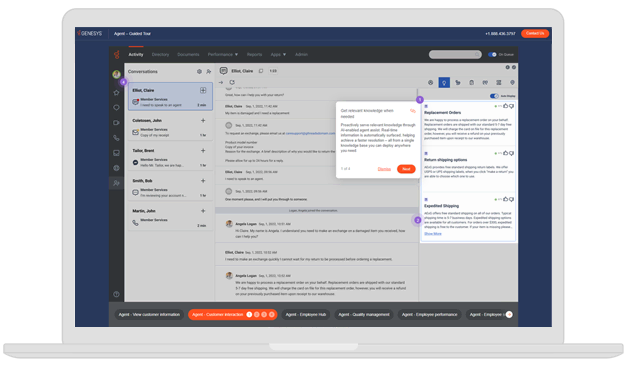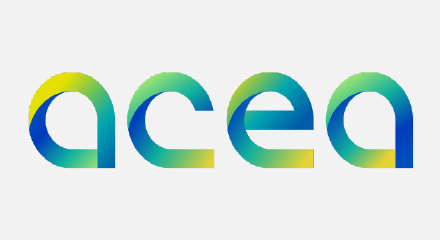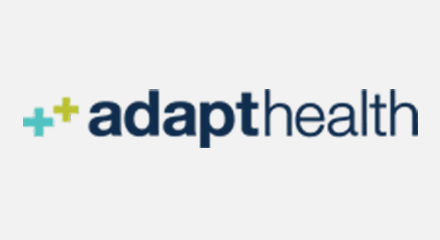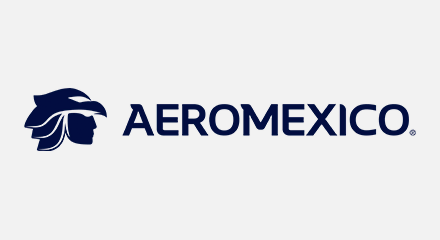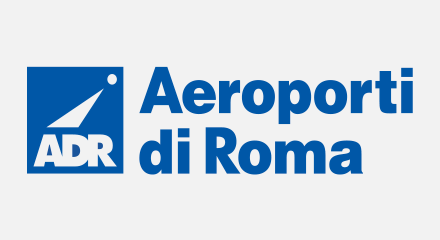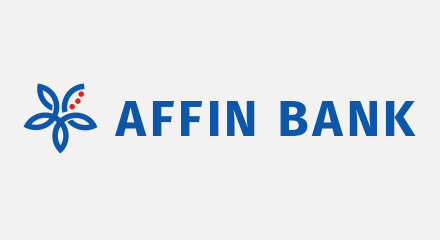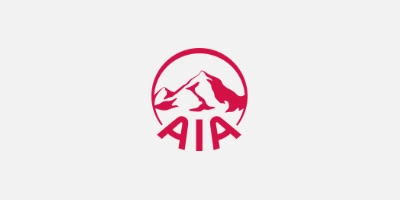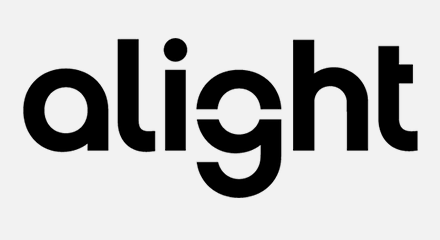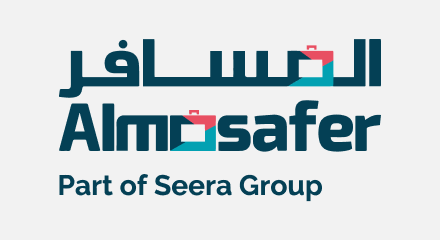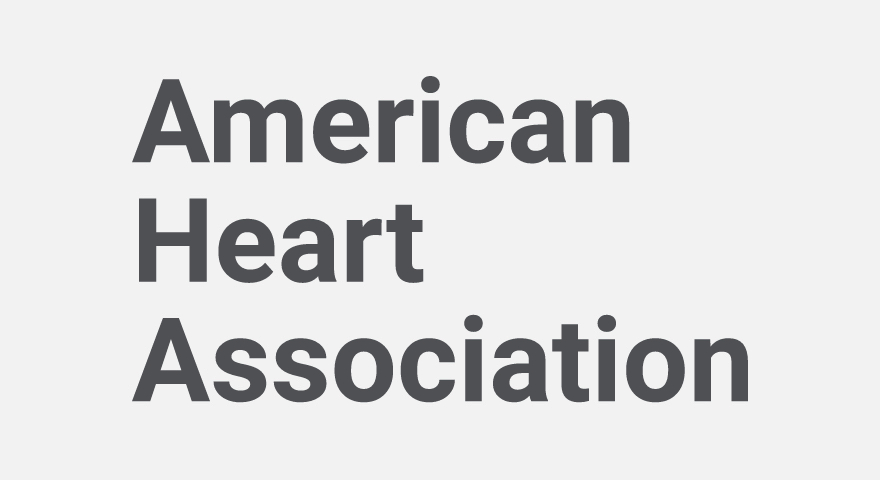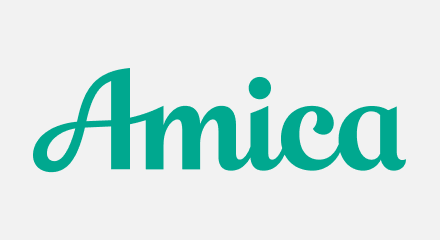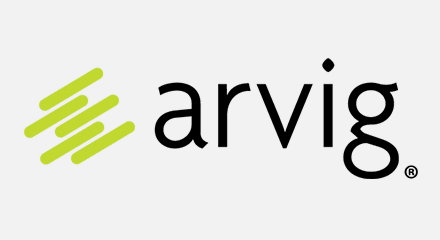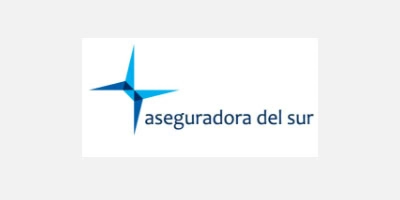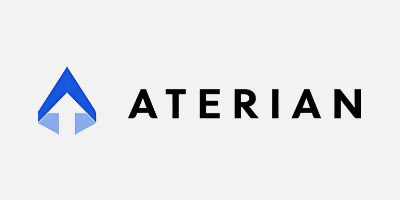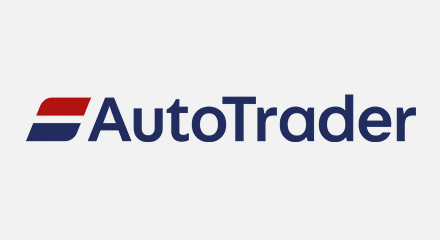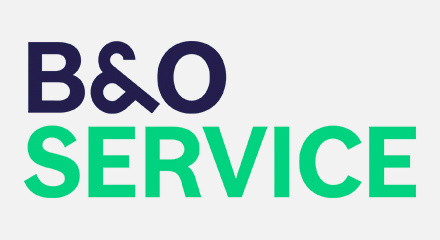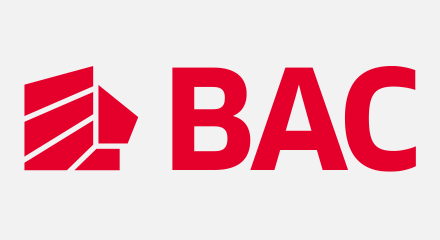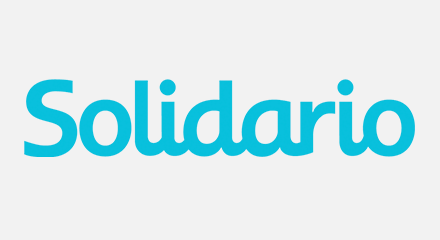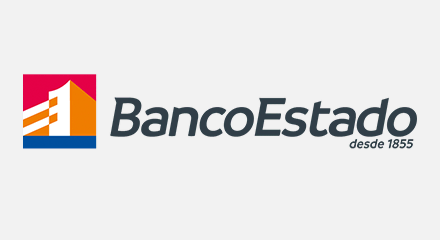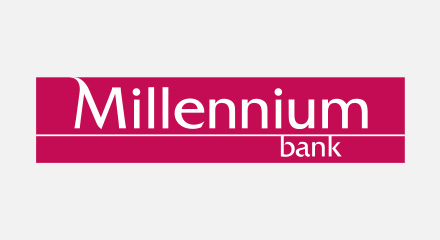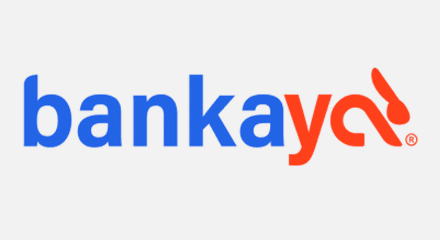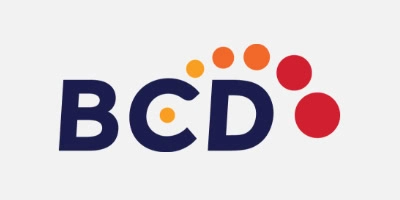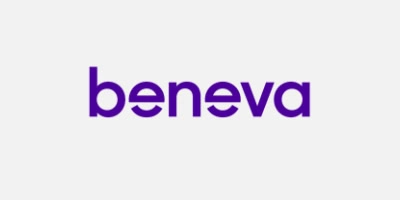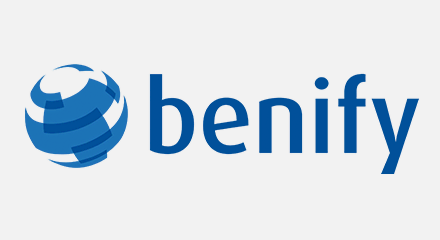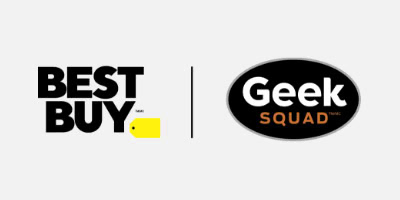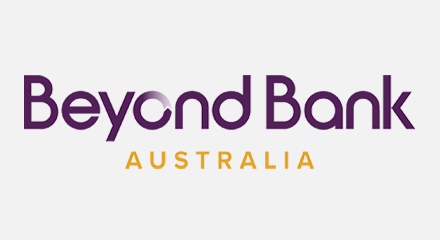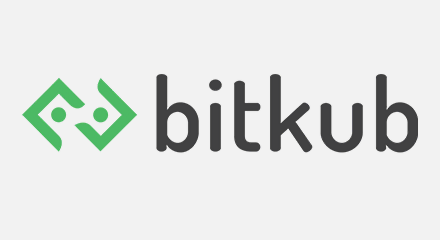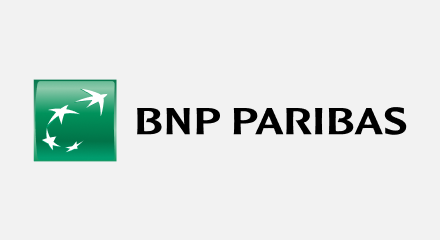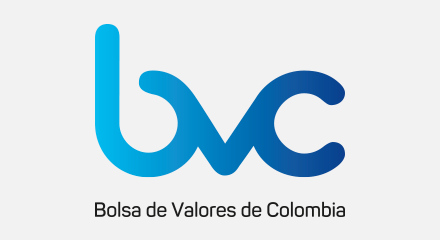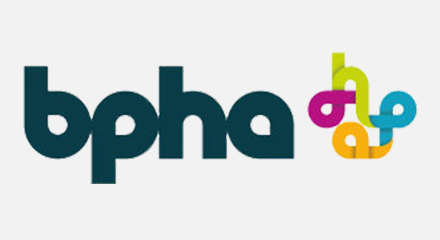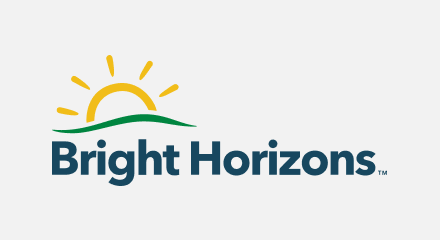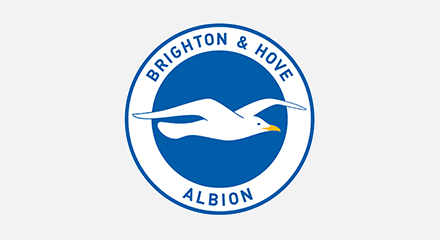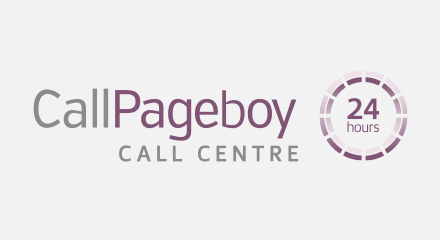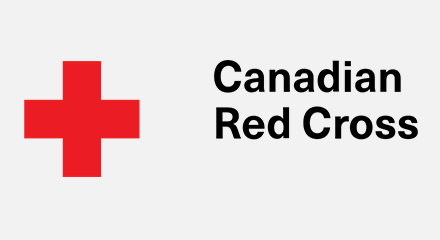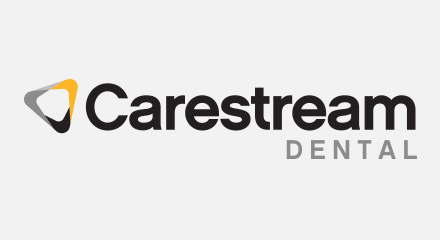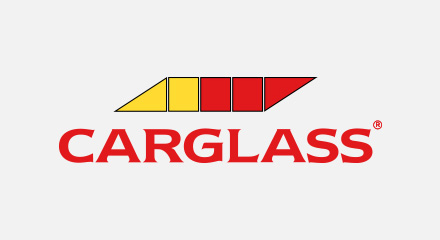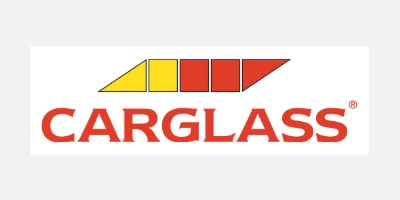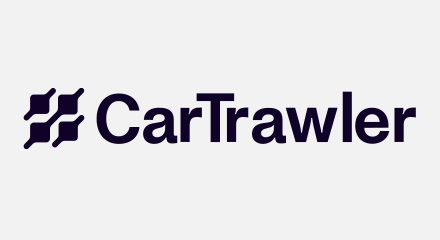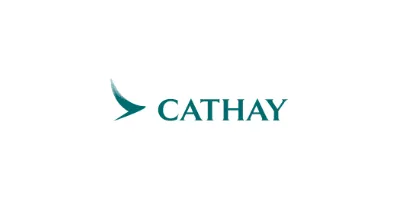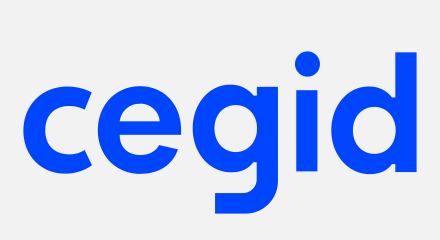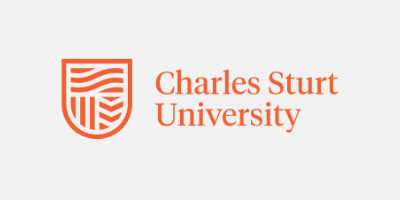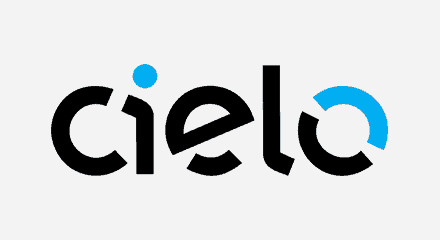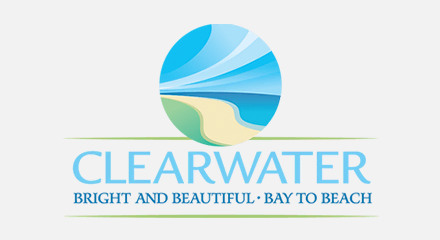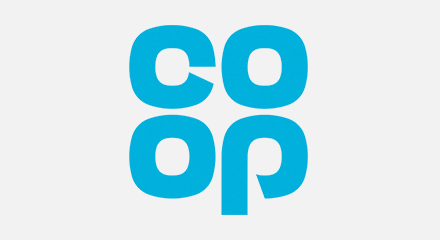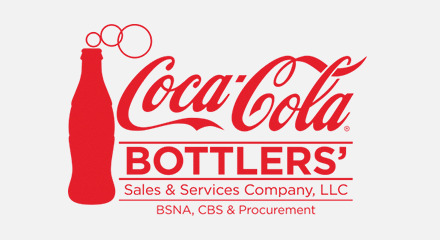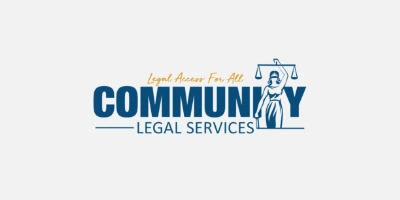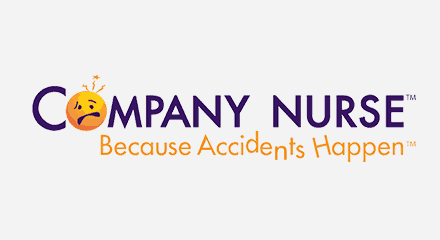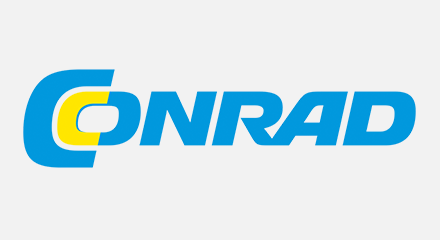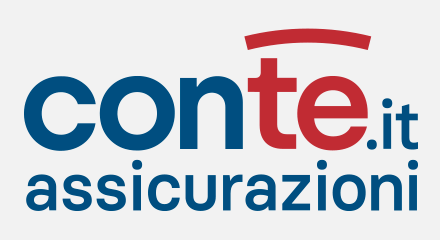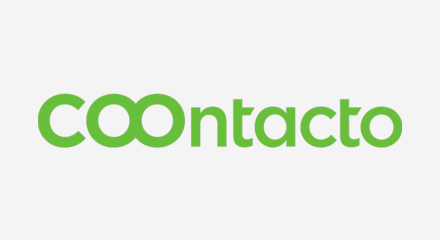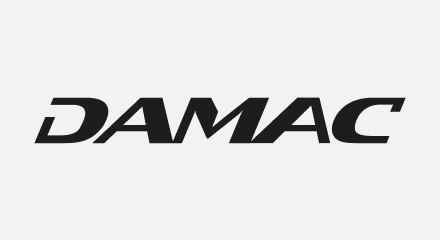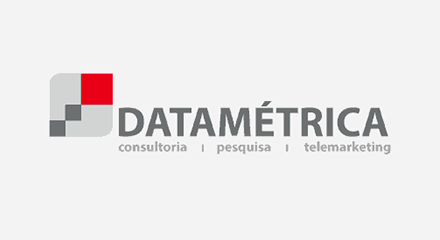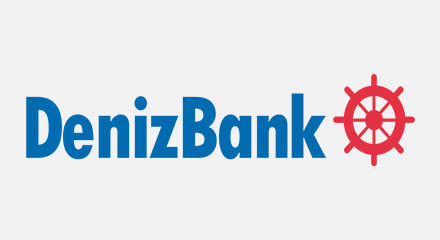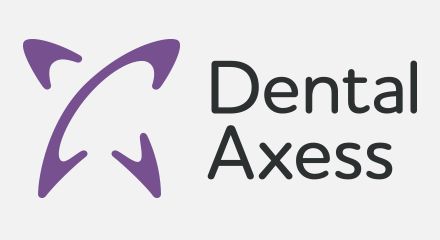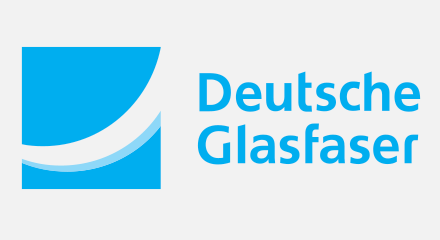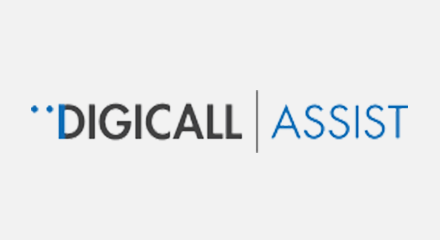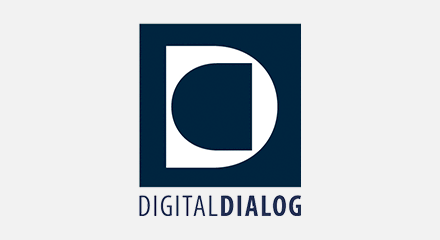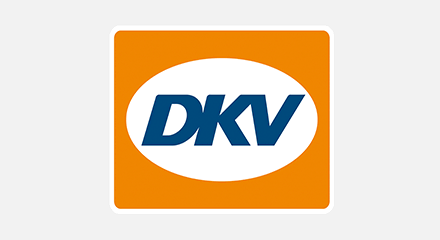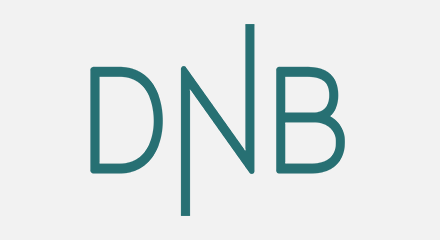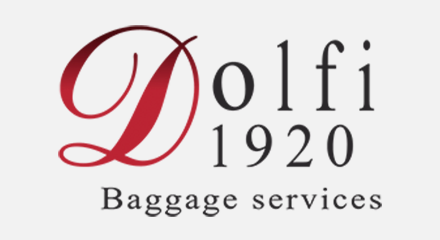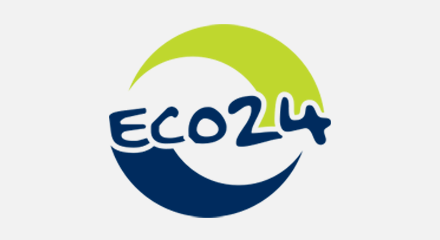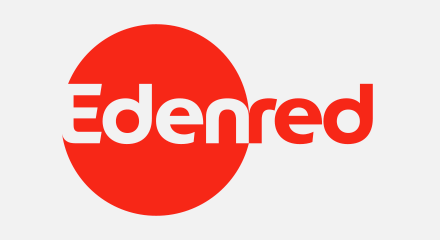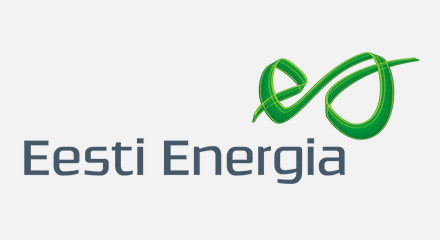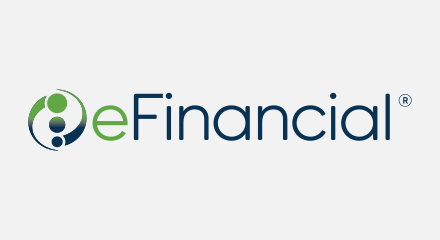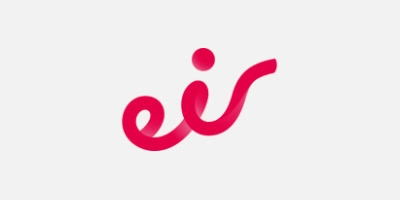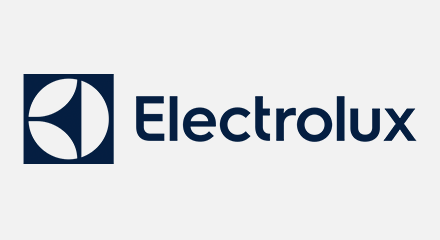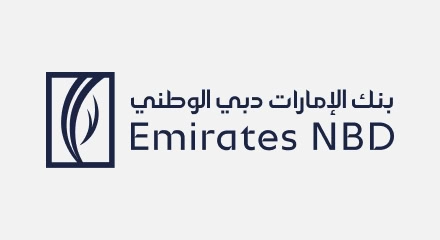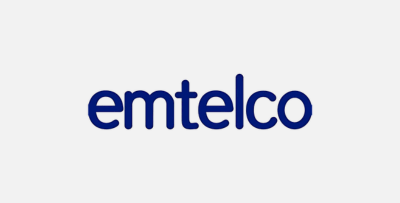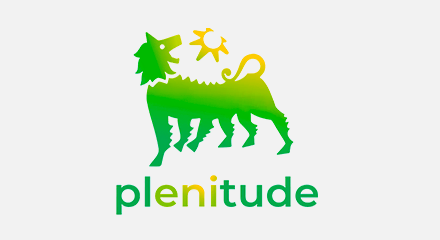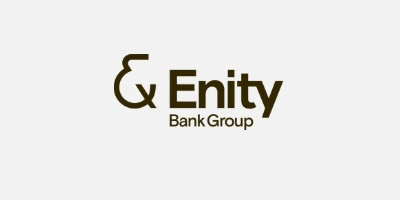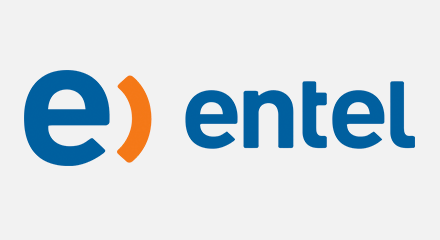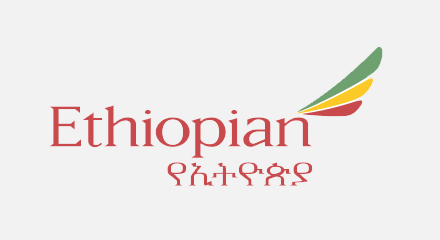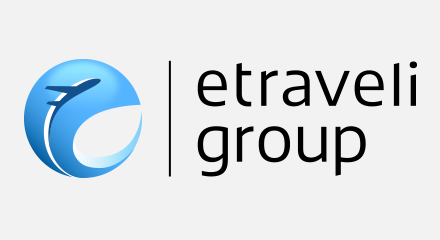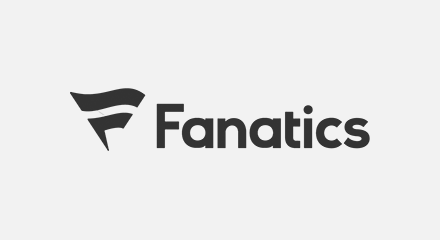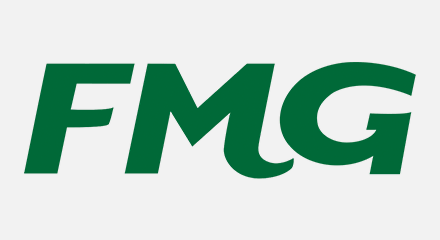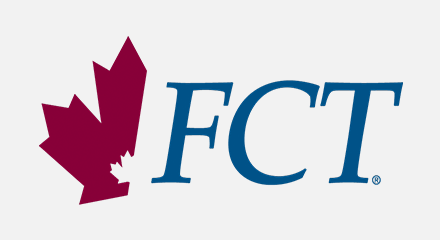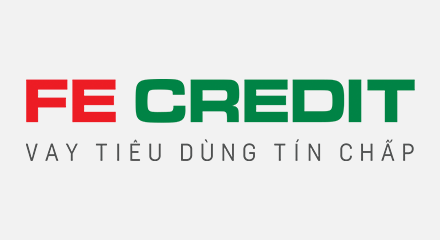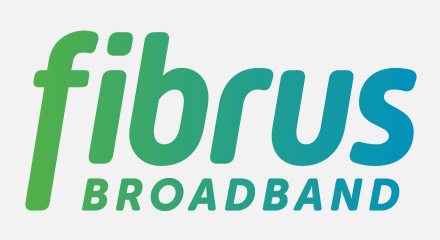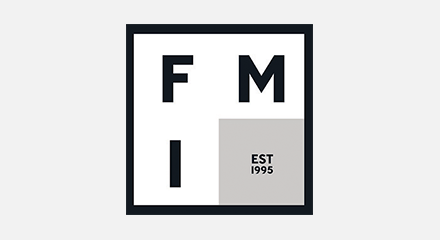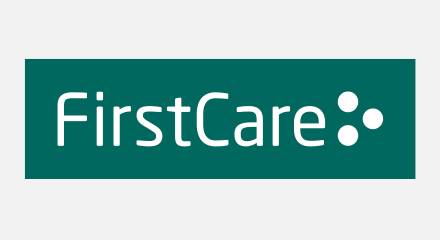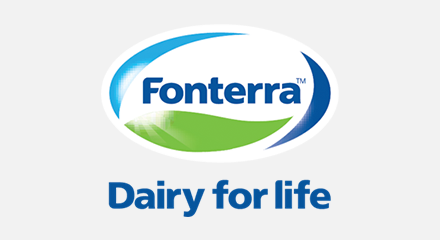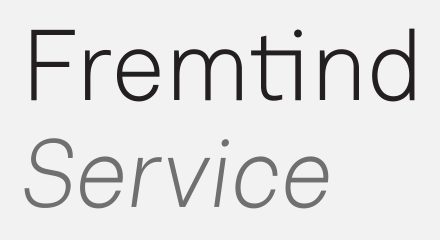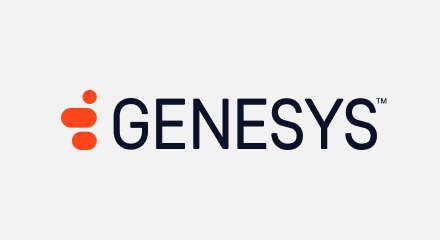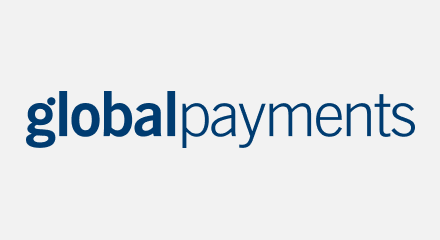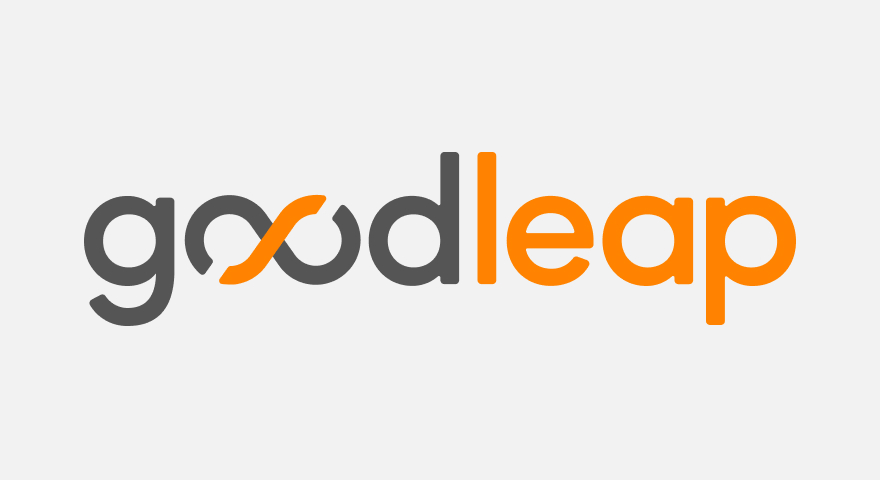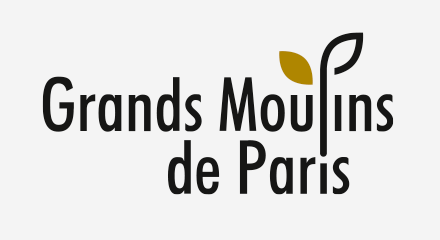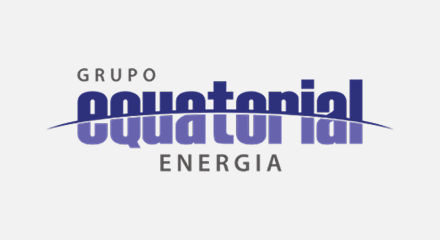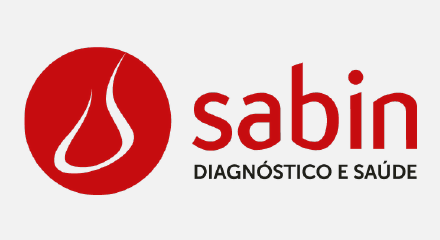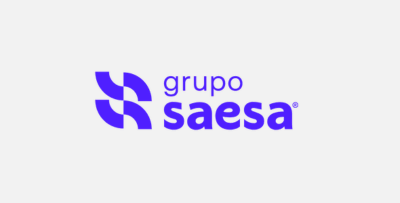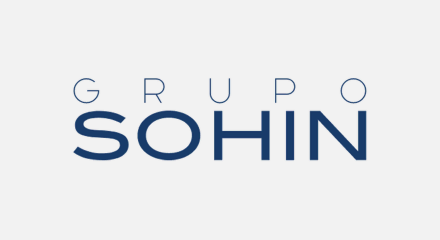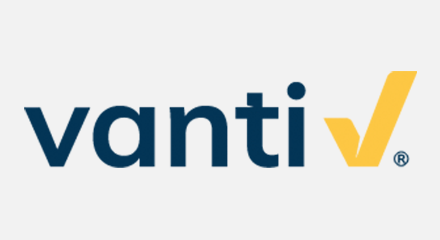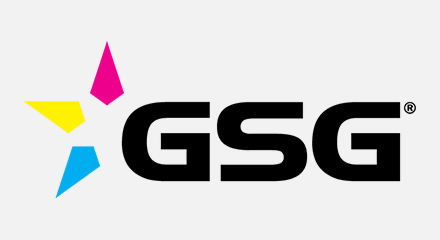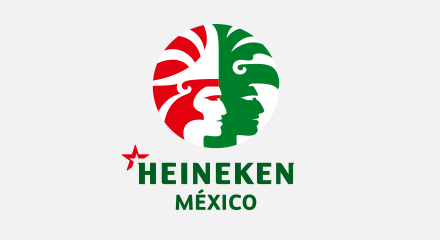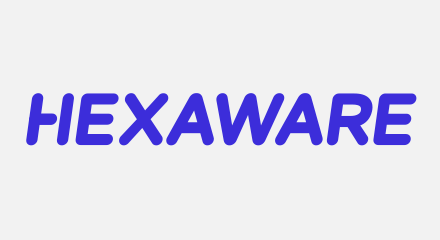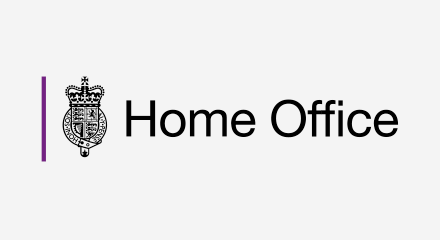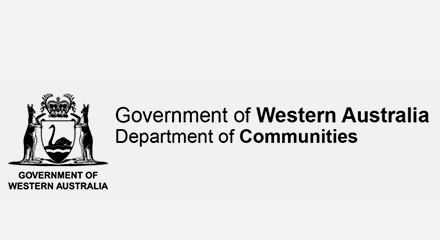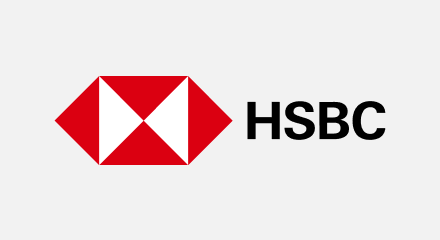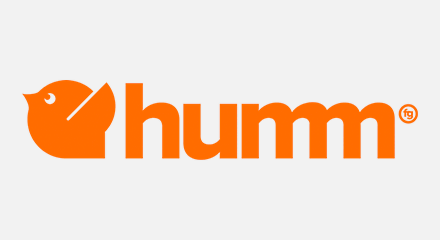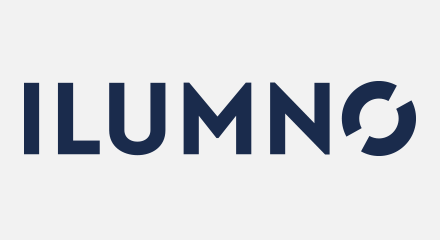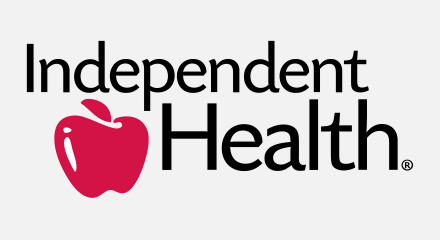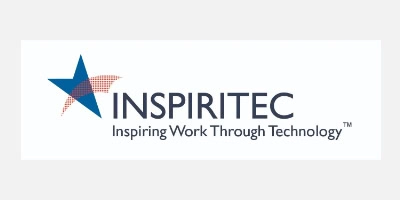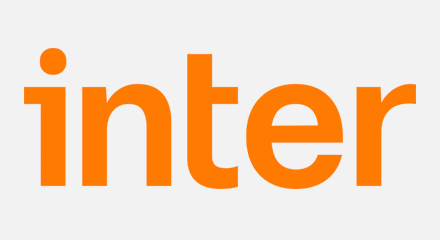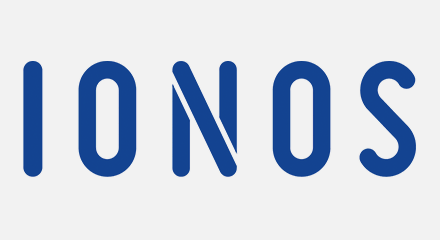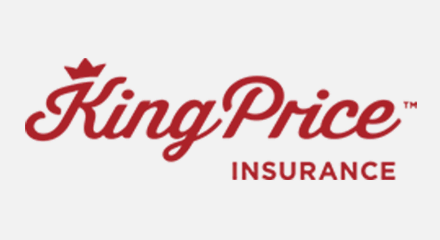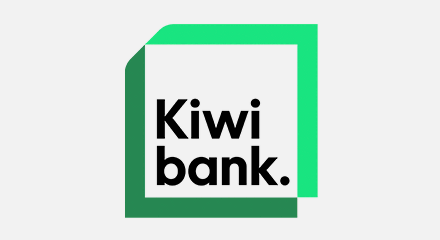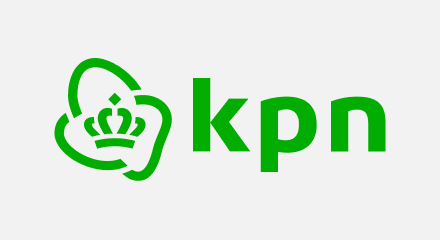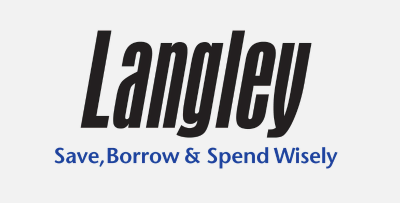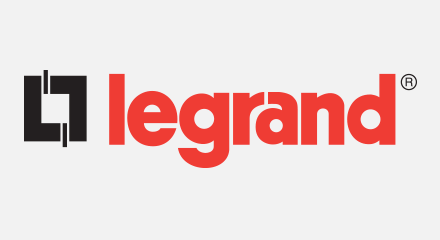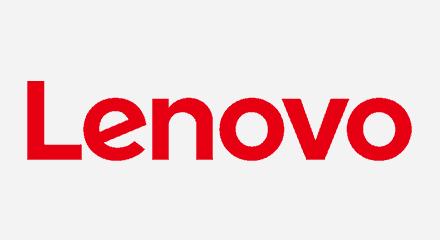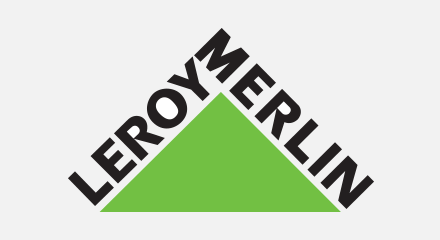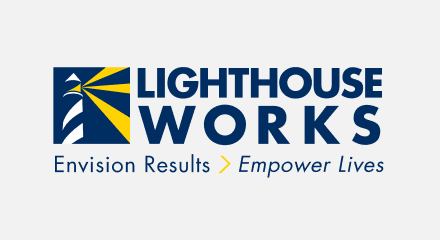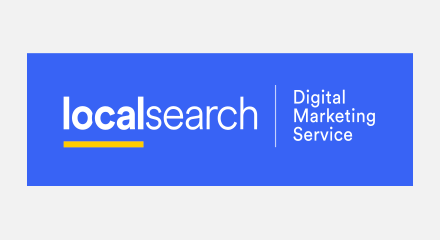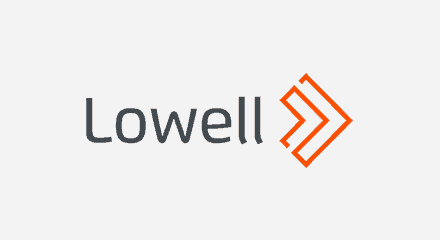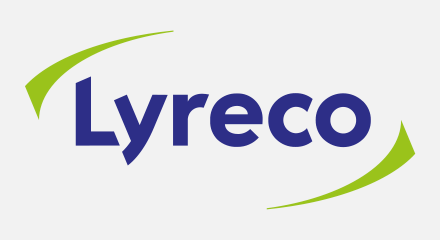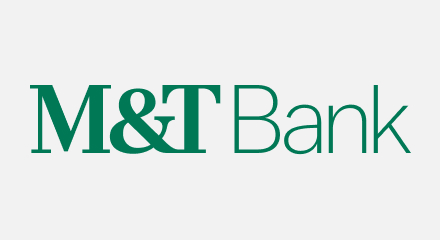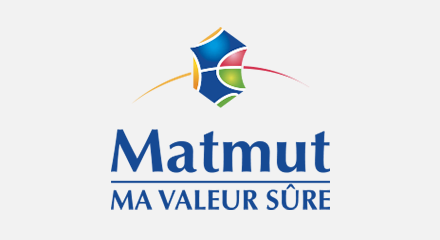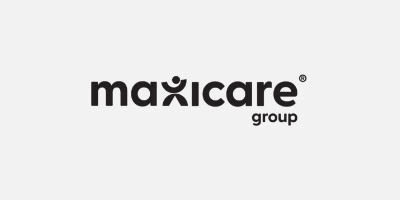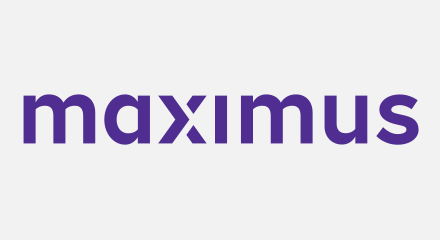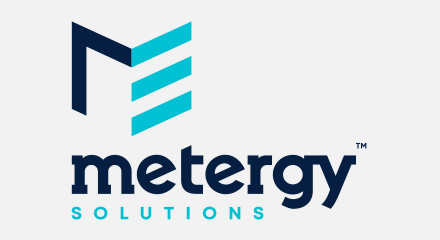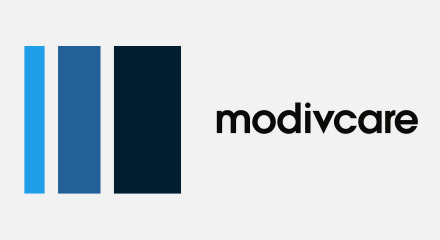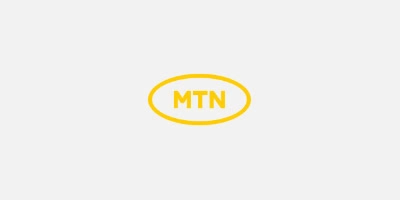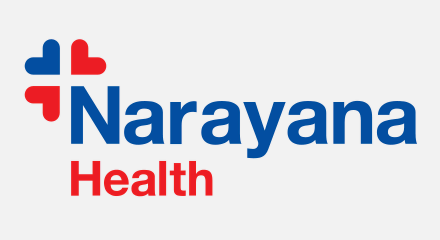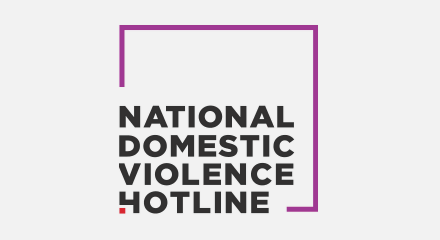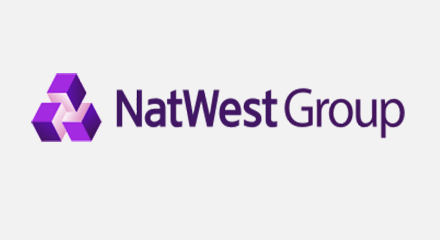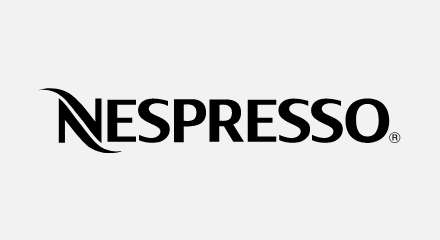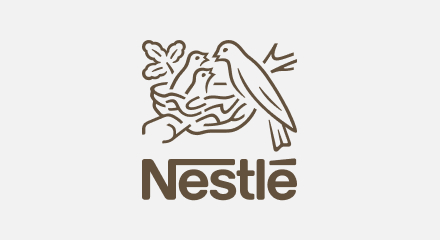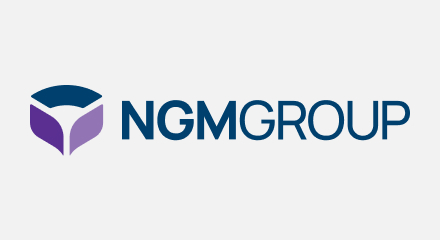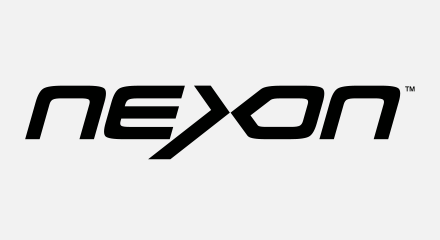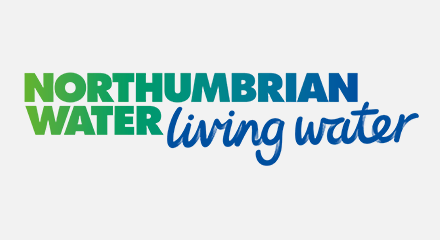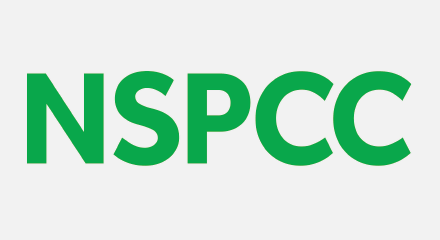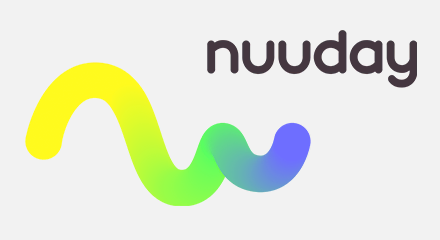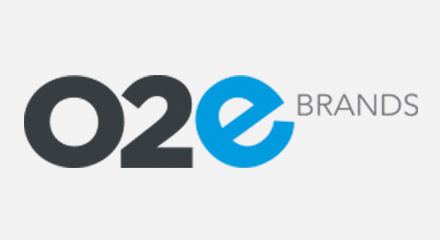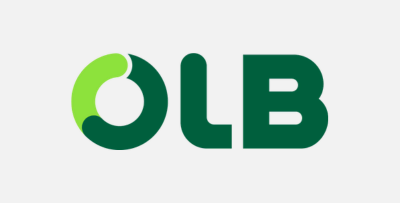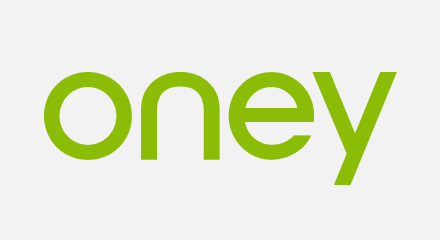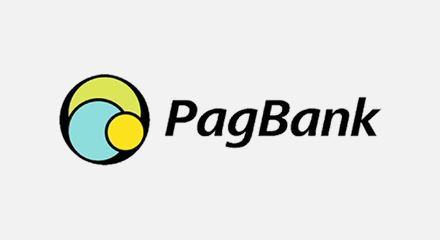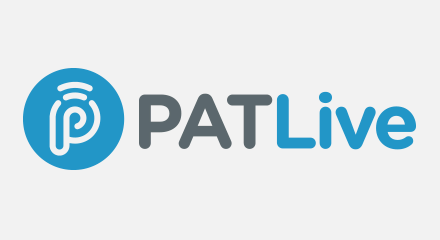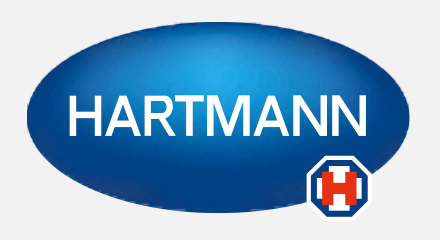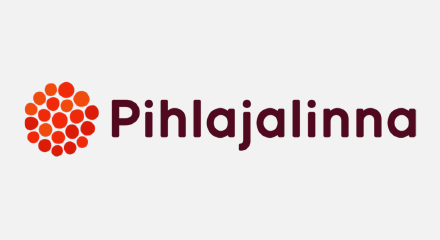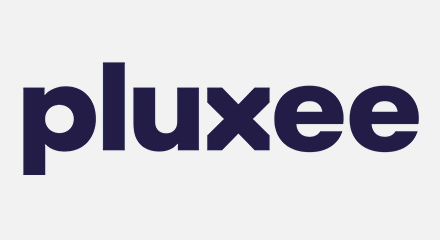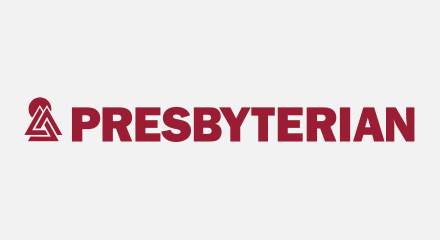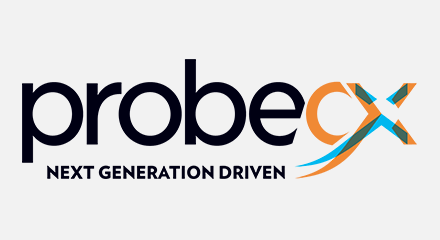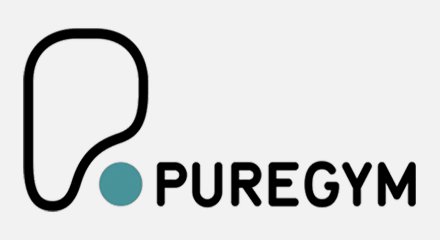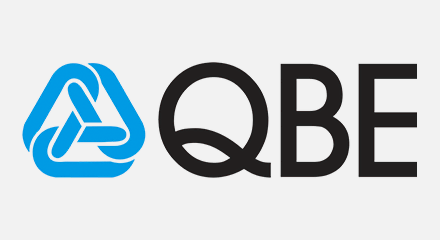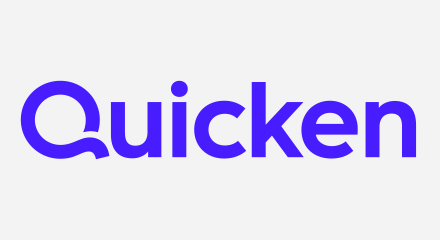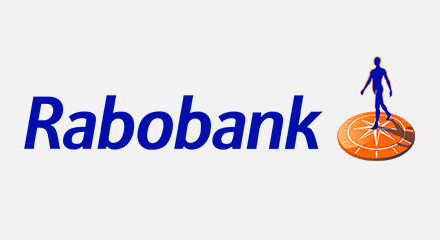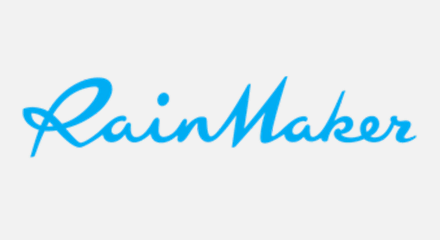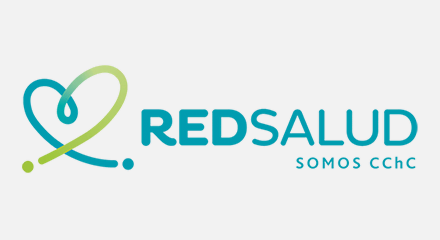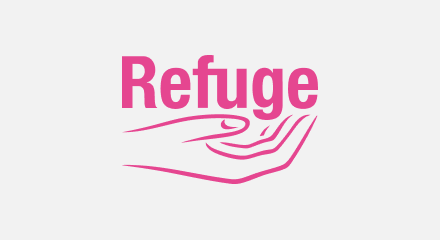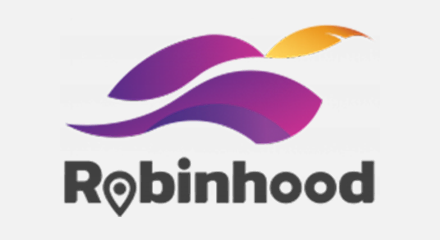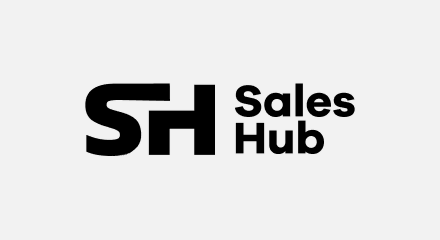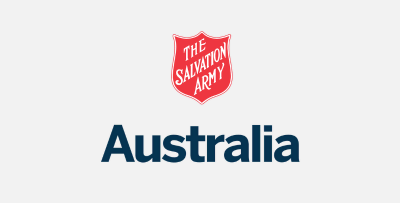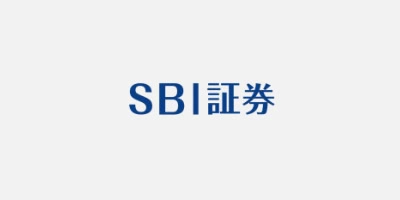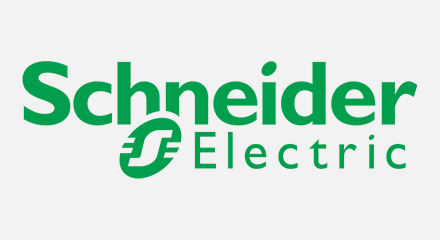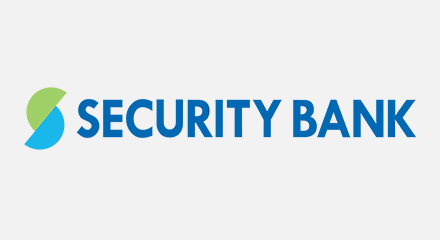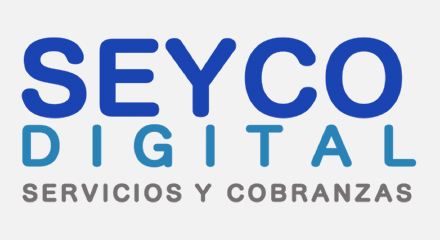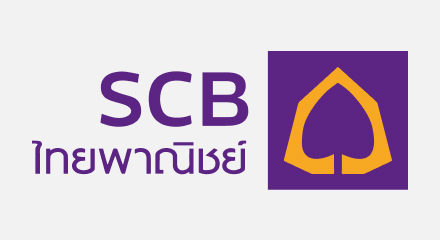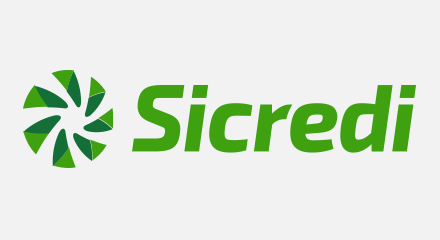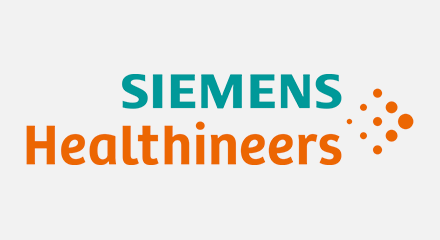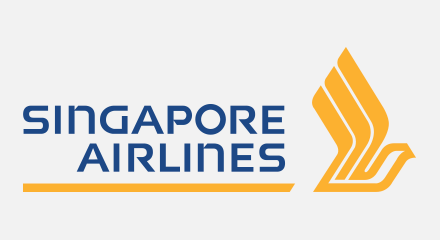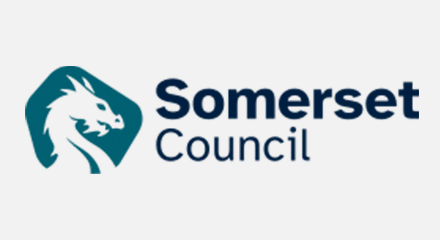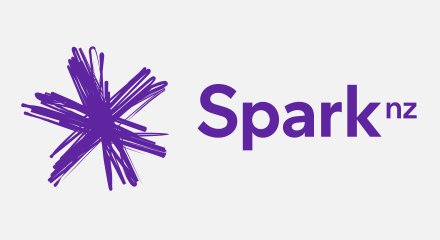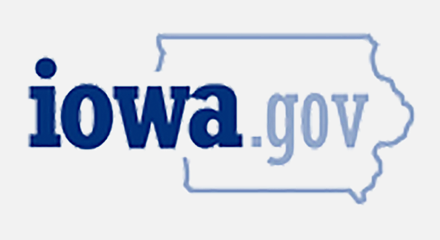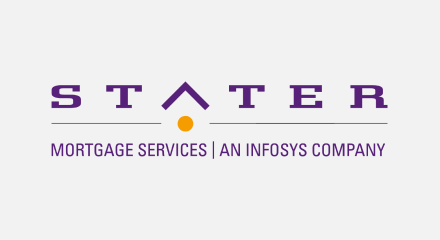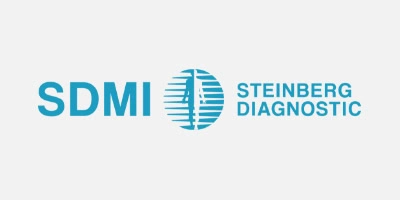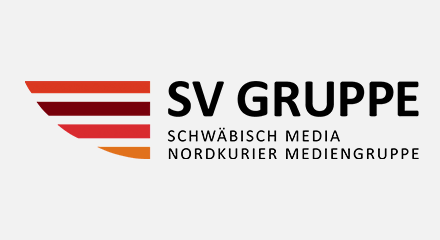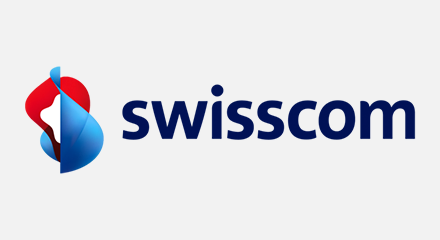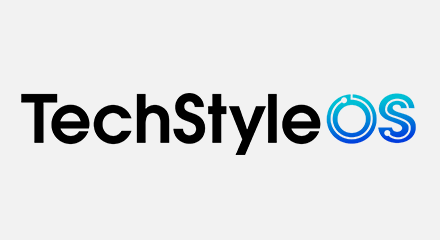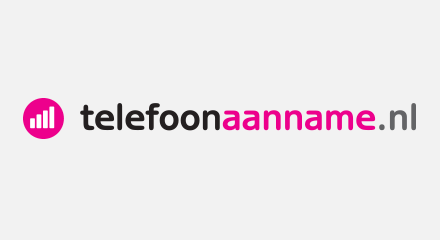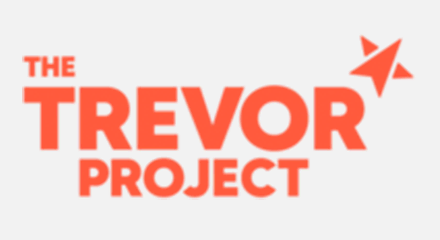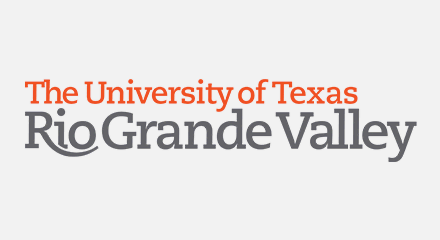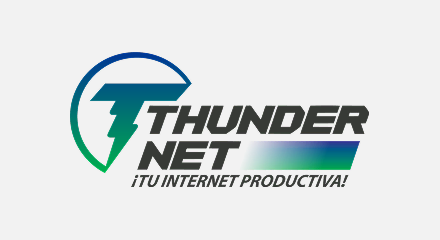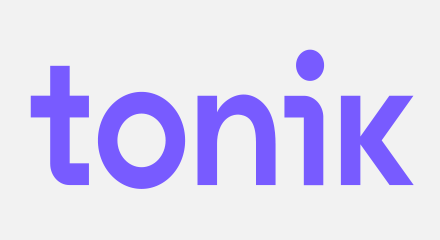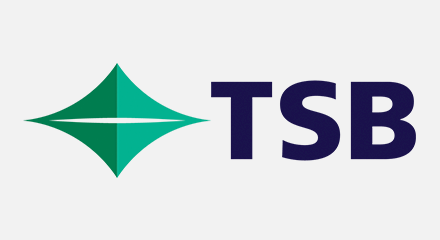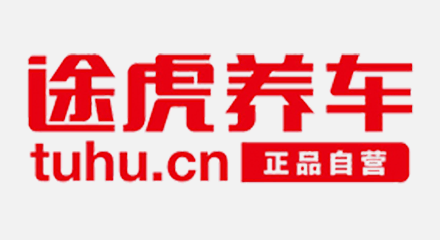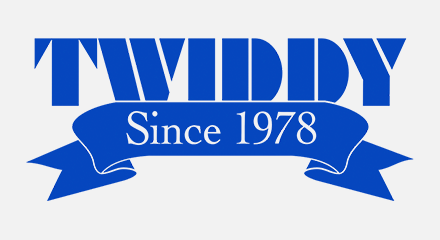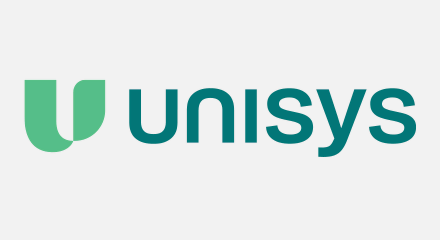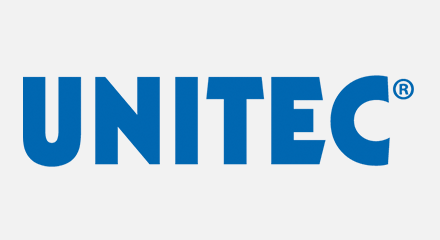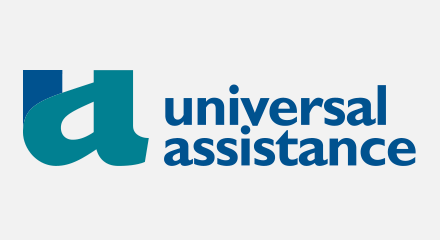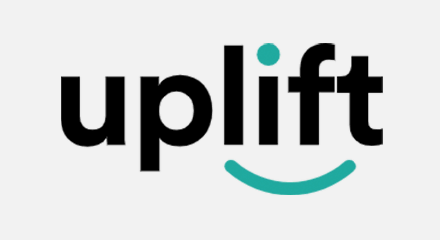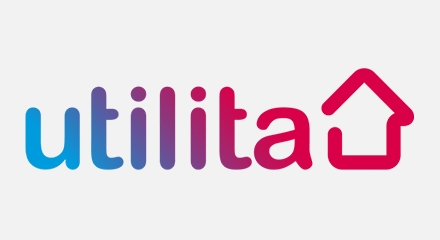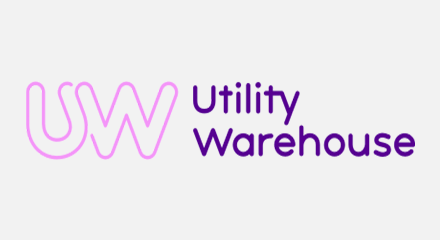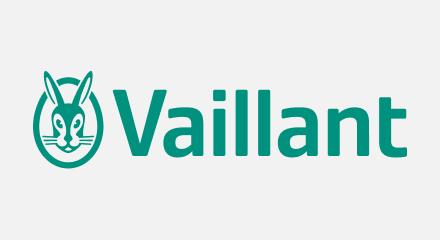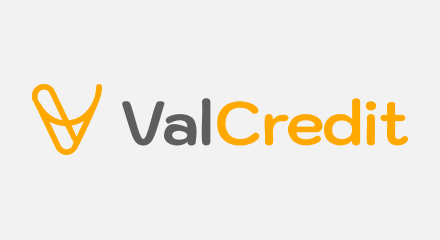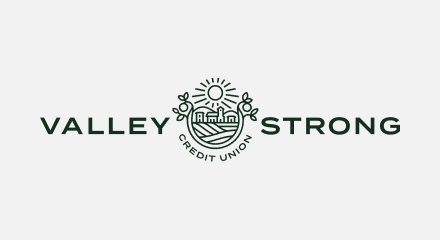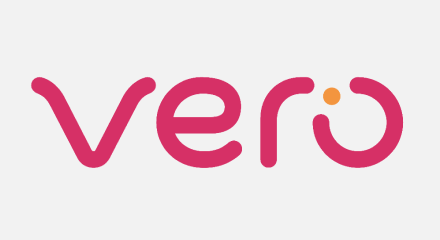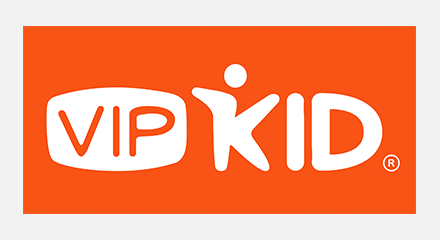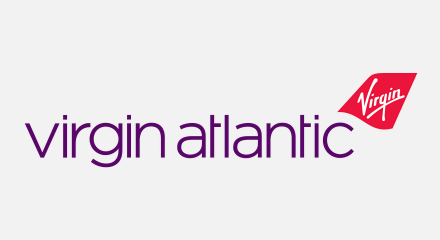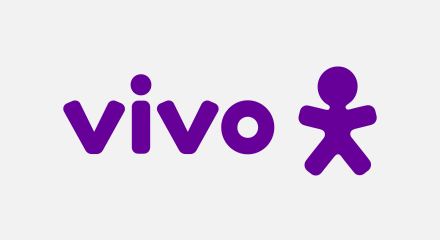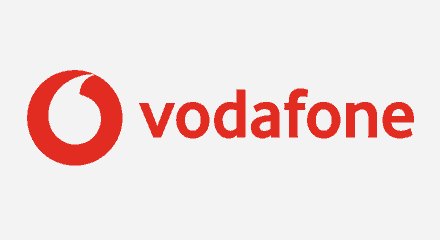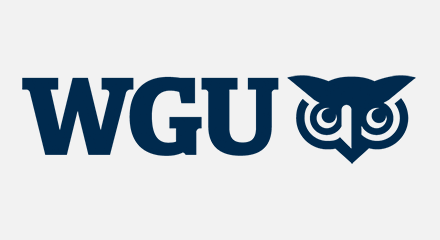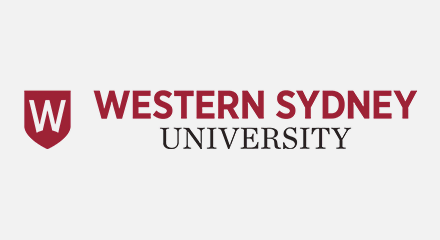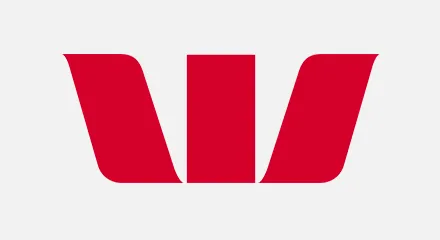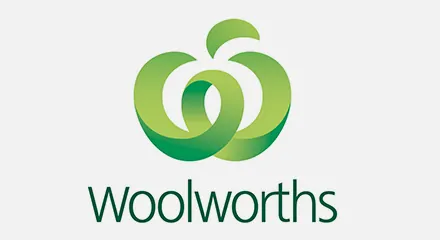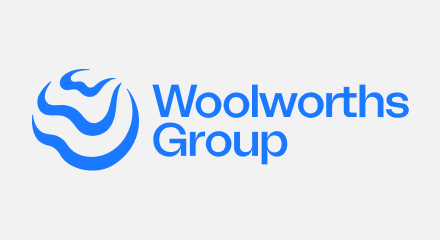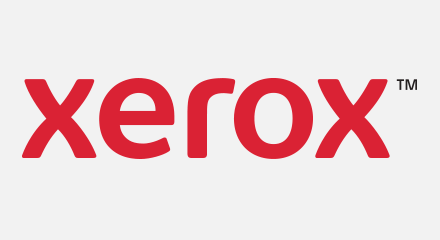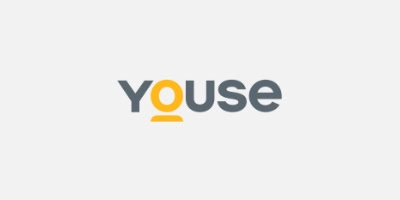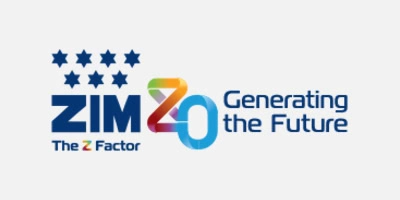Lighthouse Works
Lighthouse Works focuses on experiences to level up its impact
45-60 secondssaved per call15-second reductionin average speed of answerFive times lower churn ratethan the industry averageInside the social enterprise
Many customer experience (CX) leaders talk about creating an impact beyond their organization through exceptional experiences. Lighthouse Works excels at delivering on that mission. That’s why Genesys has awarded the nonprofit social enterprise with a 2025 Orchestrators Innovation Award in the Humanitarian Impact category.
The overarching CX strategy at Lighthouse Works is centered on accessibility, empowerment, and continuous innovation. Its goal is to deliver exceptional customer experiences while ensuring its workforce — many of whom are blind or visually impaired — has the tools and support needed to succeed.
Lighthouse Works is also focused on job creation for individuals in the US experiencing vision loss and blindness. It’s been quite successful in that endeavor; the organization was responsible for most new jobs for workers experiencing blindness nationwide in its past fiscal year. Its BPO contact center employs over 300 agents working both onsite and remotely across 22 states in the U.S. The team handles more than 90,000 calls monthly for private- and public-sector clients.
Lighthouse Works takes an approach it calls the “double bottom line”: creating and advancing careers for individuals with vision loss and blindness, while delivering commercial services on a competitive playing field. These goals aim to address the fact that 70% of Americans experiencing blindness are either officially unemployed or not part of the workforce at all. And the service levels at Lighthouse Works demonstrate that businesses trade neither value nor quality by signing on.
The organization enjoys agent attrition rates below 5% — well below the industry average. Its agents are experienced and many of its supervisors were promoted from within.
The organization also competes dollar-for-dollar with other BPOs. “Everything at Lighthouse Works starts with value, performance and quality,” said Kaleb Stunkard, COO of Lighthouse Works. “We work hard to give prospective customers confidence in our competency.”
Lighthouse Works also relies on the Genesys Cloud platform to support those efforts. “Our workforce needs tools to outperform a customer’s internal team and our competitors,” added Ryan Brown, VP of Operations for Lighthouse Works.
Creating a truly inclusive space
Lighthouse Works is a business solutions outsourcer with a difference. The nonprofit organization was purposefully formed to provide an inclusive space for the blind and visually impaired, allowing them to gain competitive careers, apply their skills and earn a competitive wage.
“We believe there’s no such thing as blind jobs or sighted jobs — only jobs,” said Kyle Johnson, President and Chief Executive Officer for Lighthouse Works. “With the right processes, technology and training, a blind or partially-sighted person can keep their independence and contribute equally in the workplace.”
Self-propelled nonprofit model
Today, the Lighthouse Works contact center in Orlando, Florida employs nearly 500 remote workers and 100 onsite agents, with more than half of them having varying degrees of visual impairment.
In addition, revenues are reinvested in the services of Lighthouse Central Florida, a sister organization offering life-changing visual rehabilitation training, educational tools and advocacy. “It’s a self-propelling model of nonprofit funding that gives us more reach, more resources and more visibility,” added Johnson.
Barrier-free working
Previously, Lighthouse Works was held back by legacy on-premises technology that was hard to scale and devoid of effective reporting, quality assurance and resource management tools. “We experienced significant downtime and struggled to find workarounds, all of which prevented our agents from doing their best work,” said Johnson.
Enabling accessibility benefits everyone
The contact center platform that Lighthouse Works previously used was an older cloud environment that wasn’t meeting the organization’s needs. Access to real-time data was limited, while quality assurance and call recording capabilities lagged competitive offerings. The platform lacked speech-to-text processing and scheduling functionality. Agent notifications were inconsistent and unhelpful.
It also lacked accessibility. This issue had a profound impact on operations at Lighthouse Works — particularly in how the nonprofit served constituents — because it directly affected the performance and inclusion of its blind and visually impaired workforce.
Tasks such as navigating complex interfaces, accessing customer information, and engaging with callers were extremely difficult, often resulting in slower response times, lower efficiency and a diminished customer experience.
“This accessibility gap didn’t just hinder agent performance — it undermined the quality, consistency, and empathy of the service we were able to provide to our constituents” said Stunkard. “It also led to missed opportunities to deliver meaningful, personalized support from agents with lived experience of the very challenges our constituents often face.”
All these issues were having a palpable impact on agent morale and performance. “Our agents were continually frustrated by the notifications, by accessibility issues, usability issues and uptime issues,” added Stunkard. “Guess what we don’t want on the phone: frustrated people!”
In partnership with Genesys, the company developed an innovative model for delivering cost-effective business services by combining the Genesys Cloud platform with a screen reading tool called JAWS.
“We vetted numerous vendors but felt Genesys Cloud had the best capabilities and open APIs, allowing our software development team to write code and create the interface we needed,” added Johnson. “Another important factor in choosing Genesys was its people, and their genuinely sincere interest in what we’re doing. They’ve been really cool partners on our journey.”
The JAWS integration allows users with blindness or vision impairment to understand web pages through a screen reader and then navigate their computer using their keyboard.
“Many of our agents put their JAWS reader in one ear and the customer in the other, creating a great experience while meeting their handle-time goals,” said Johnson. “The tool reads the screen for them, giving audio cues so they can field calls, enter information and update records.”
Employee experience with empathy
Lighthouse Works continues to grow and offer opportunities to a highly talented group of people in the community who previously struggled to find work — not because they aren’t more than capable, but often through misconceptions about their abilities.
And loyalty is a two-way street. “We have a very low turnover rate of just six percent, well under the industry average of 30 to 40%,” added Johnson.
When visiting a web page, JAWS immediately begins scanning from the top down. Agents can manage reading tasks through a series of hot key and shortcut keystroke commands, initiating the solution’s text-to-speech capabilities to listen to specific text or navigate headings, lists, links and images.
Bright invention
An amazing by-product is re-engineering processes to be faster and more efficient than those in commercial contact centers. “We automated a ton of repetitive behaviors,” said Johnson. “For example, before it might have taken four clicks to verify the caller’s identity. Now, our agents press one hot key, and all four data elements appear at once, to cleverly streamline the workflow.”
A new beacon to guide the way
The team at Lighthouse Works began researching options for a new contact center platform. They investigated several solutions, hoping to find the perfect mix of platform sophistication, capabilities, flexibility and professional support.
They were immediately impressed with Genesys and its offerings — both its current capabilities and its roadmap — and the fact that professional input is just a phone call away. “Moving to Genesys has been a dream for our agents,” said Brown. “The capabilities are like going from a Pinto to a Ferrari. It’s made a huge difference for us.”
The organization’s trust in Genesys Cloud is further bolstered by the ability to use its preferred cloud host, Amazon Web Services (AWS). “We have promises to fulfill for our customers, and we find that the Genesys Cloud on AWS provides supreme uptime, and the reliability has been second to none,” said Stunkard.
Building on this success, the company is currently building a bespoke user interface, which it plans to share via the Genesys AppFoundry® Marketplace.
“Anything is possible with Genesys,” concluded Johnson. “I’m really proud that Lighthouse Works last year created over 25% of all new blind and visually impaired job opportunities in the US. What’s more, we’re one of the fastest-growing companies in our industry sector.”
Human-centered service at scale
Lighthouse Works has implemented a range of Genesys Cloud capabilities to deliver more empathetic, efficient, and effective experiences for both customers and its blind and visually impaired agents. These capabilities have helped the organization build a contact center operation that is both inclusive and optimized for delivering meaningful, human-centered service at scale.
For example, Lighthouse Works is using Genesys Cloud to unify customer interactions across chat, email and voice, ensuring a seamless and consistent experience. This allows agents to respond with greater speed and clarity, while maintaining the human touch that’s central to the nonprofit’s mission.
Genesys Cloud capabilities such as workforce management and quality management allow supervisors to tailor schedules, track performance, and ensure a supportive work environment — and has made it easier for supervisors to engage in the moment of need with agents. Workforce management, for example, allows supervisors to create and manage schedules to flexibly balance resources against anticipated call flow, ensuring the nonprofit consistently achieves its clients’ service targets. Quality management provides supervisors with the capability to monitor and review agent behaviors and performance.
“This helps us to ensure a consistent level of customer experience that exceeds our clients’ expectations month over month,” said Mark Schlesinger, Vice President of Contact Center Solutions at Lighthouse Works.
All of this contributes to happier, more empowered agents and higher-quality customer experiences.
Automated speech-to-text is helping the organization better identify root causes of caller issues, as well as improve quality-related conversations. In one coaching session, for instance, where both the agent and the quality coach were visually impaired and the recording was unclear, it was the speech-to-text transcript — which is fully accessible to screen readers — that was able to decipher what was said by both the customer and the agent.
The depth of real-time data available in Genesys Cloud, as well as from Genesys AppFoundry solutions such as Brightmetrics, provide real-time, critical insights into customer interactions and agent performance. These analytics drive smarter decisions and more personalized support, helping us the nonprofit quickly course-correct and serve constituents more effectively.
“We have a client that has inbound, outbound chat, SMS and off-line tasks in work queues,” said Schlesinger. “BrightMetrics helps us by bringing all of these tasks, plus the live call-flows into one unified view so we can see the complete picture and allocate our resources throughout the day, week and month to ensure that we’re achieving servicing targets for each work type for the client.”
Additionally, Lighthouse Works configured Genesys Cloud to work with assistive technologies like Job Access with Speech (JAWS) and ZoomText. This accessibility enhancement is vital to enabling blind and visually impaired agents navigate the platform independently, confidently, and with empathy for the people they serve.
“By making our systems more inclusive and responsive, we’ve been able to improve service quality, increase reach, and build trust with the communities we serve, “ said Stunkard. “We leverage technology not just to improve efficiency, but to deliver human-centered service that changes lives.”
Human-centered service at scale
Lighthouse Works has implemented a range of Genesys Cloud capabilities to deliver more empathetic, efficient, and effective experiences for both customers and its blind and visually impaired agents. These capabilities have helped the organization build a contact center operation that is both inclusive and optimized for delivering meaningful, human-centered service at scale.
For example, Lighthouse Works is using Genesys Cloud to unify customer interactions across chat, email and voice, ensuring a seamless and consistent experience. This allows agents to respond with greater speed and clarity, while maintaining the human touch that’s central to the nonprofit’s mission.
Genesys Cloud capabilities such as workforce management and quality management allow supervisors to tailor schedules, track performance, and ensure a supportive work environment — and has made it easier for supervisors to engage in the moment of need with agents. Workforce management, for example, allows supervisors to create and manage schedules to flexibly balance resources against anticipated call flow, ensuring the nonprofit consistently achieves its clients’ service targets. Quality management provides supervisors with the capability to monitor and review agent behaviors and performance.
“This helps us to ensure a consistent level of customer experience that exceeds our clients’ expectations month over month,” said Mark Schlesinger, Vice President of Contact Center Solutions at Lighthouse Works.
All of this contributes to happier, more empowered agents and higher-quality customer experiences.
Automated speech-to-text is helping the organization better identify root causes of caller issues, as well as improve quality-related conversations. In one coaching session, for instance, where both the agent and the quality coach were visually impaired and the recording was unclear, it was the speech-to-text transcript — which is fully accessible to screen readers — that was able to decipher what was said by both the customer and the agent.
The depth of real-time data available in Genesys Cloud, as well as from Genesys AppFoundry solutions such as Brightmetrics, provide real-time, critical insights into customer interactions and agent performance. These analytics drive smarter decisions and more personalized support, helping us the nonprofit quickly course-correct and serve constituents more effectively.
“We have a client that has inbound, outbound chat, SMS and off-line tasks in work queues,” said Schlesinger. “BrightMetrics helps us by bringing all of these tasks, plus the live call-flows into one unified view so we can see the complete picture and allocate our resources throughout the day, week and month to ensure that we’re achieving servicing targets for each work type for the client.”
Additionally, Lighthouse Works configured Genesys Cloud to work with assistive technologies like Job Access with Speech (JAWS) and ZoomText. This accessibility enhancement is vital to enabling blind and visually impaired agents navigate the platform independently, confidently, and with empathy for the people they serve.
“By making our systems more inclusive and responsive, we’ve been able to improve service quality, increase reach, and build trust with the communities we serve, “ said Stunkard. “We leverage technology not just to improve efficiency, but to deliver human-centered service that changes lives.”
Benefits abound
Implementing Genesys Cloud has helped Lighthouse Works create a fully accessible, high-performing workplace where blind and visually impaired agents can thrive — working at parity across service levels like handle time, speed of answer, and first contact resolution with their sighted peers.
Indeed, since implementing Genesys Cloud, the nonprofit’s average speed of answer has dropped from 23 seconds to just 8 seconds, after call work time decreased from 15 seconds to 11 seconds (a 132% gain in efficiency), and service level performance jumped from 85% to 91%.
Workflow tools in Genesys Cloud have helped improve caller outcomes and agent productivity. For example, by activating virtual assistants to collect callers’ demographic information, Lighthouse Works has cut 45 to 60 seconds from certain call types. This helps agents focus on more detailed questions and serve callers more efficiently.
Plus, 100% of campaigns on Genesys are now fully accessible for the organization’s blind and visually impaired workforce, compared to limited or no accessibility on other platforms.
“Before implementing Genesys Cloud, Lighthouse Works was limited by technology that wasn’t built with accessibility in mind. As a result, we couldn’t fully support blind and visually impaired agents in delivering efficient, high-quality service,” said Stunkard. “Now, we can confidently recruit, train, and retain these employees at scale — knowing they have the tools to thrive.”
The organization has realized other notable benefits, as well. Using Genesys Cloud has helped Lighthouse Works scale operations nationwide, serving customers in more than 20 states — something the nonprofit couldn’t have done without a flexible, cloud-based infrastructure.
The improvements in contact center operations have helped Lighthouse Works boost its already high employee engagement. “We maintain over a 90% employee retention rate — remarkably high for the contact center industry,” said Stunkard. “That stability means our agents develop deep subject-matter expertise, stay with campaigns long enough to master their intricacies, and bring a level of care and consistency to every interaction that’s hard to match.”
Moreover, since first implementing Genesys Cloud, the percentage of blind and visually impaired employees at Lighthouse Works has grown significantly — from 57.7% to 70.7% over the course of three years.
“Ultimately, this journey has not only empowered our employees, but also enabled us to deliver faster, more empathetic, and more effective experiences to a growing number of customers — paving the way for a more inclusive and impactful future for all,” said Stunkard.
Sharing experience innovation beyond the contact center
One of the most powerful outcomes since implementing Genesys Cloud has been the ability to integrate unique productivity aids that Lighthouse Works designed specifically for the needs of its employees who are experiencing blindness. This includes EquiVista, a customized, streamlined and audio-enabled user interface — an accessibility tool so powerful it’s available on the Genesys AppFoundry® Marketplace for any organization looking to provide a fully accessible option to their employees.
“Leveraging technology from Genesys, in partnership with our software development capabilities, is changing the game on employment for the individuals who are experiencing blindness, giving folks opportunities to work and grow with upward mobility,” said Brown.
Stunkard concurred, adding a call to action: “Our partnership with Genesys has been incredibly empowering for our agents. EquiVista is available in the AppFoundry for anyone who’s on Genesys Cloud. The fact is, Lighthouse Works is extraordinarily passionate about creating long-term sustainable careers for individuals experiencing vision loss and blindness — and we would really love for other companies to join us in that.”
Sharing experience innovation beyond the contact center
One of the most powerful outcomes since implementing Genesys Cloud has been the ability to integrate unique productivity aids that Lighthouse Works designed specifically for the needs of its employees who are experiencing blindness. This includes EquiVista, a customized, streamlined and audio-enabled user interface — an accessibility tool so powerful it’s available on the Genesys AppFoundry® Marketplace for any organization looking to provide a fully accessible option to their employees.
“Leveraging technology from Genesys, in partnership with our software development capabilities, is changing the game on employment for the individuals who are experiencing blindness, giving folks opportunities to work and grow with upward mobility,” said Brown.
Stunkard concurred, adding a call to action: “Our partnership with Genesys has been incredibly empowering for our agents. EquiVista is available in the AppFoundry for anyone who’s on Genesys Cloud. The fact is, Lighthouse Works is extraordinarily passionate about creating long-term sustainable careers for individuals experiencing vision loss and blindness — and we would really love for other companies to join us in that.”
CX success that drives social impact
Inspired by its successes, the organization continues to explore other avenues to improve both agent workflow and caller experience.
“Our plan is to harness AI to become another value-add for our customers, to save them time and get their happy consumers to where they need to be,” said Brown. “As long as it’s of high quality — and with Genesys we know it will be — we can focus on where we really create value in the marketplace.”
Additionally, Genesys is aligned with the nonprofit’s focus on ongoing innovation. “We were an early adopter in the cloud, and Genesys has demonstrated its ability to innovate continually,” Stunkard added. “Being able to offer our customers a truly integrated and powerful omnichannel solution gives us the confidence to say yes to any requests a customer may have.”
Using Genesys Cloud also supports the organizations CX strategy of extending beyond customer service to global social impact, using Genesys technology to break down barriers and create opportunity for blind and visually impaired workers.
“At Lighthouse Works, we believe that meaningful work has the power to transform lives. For individuals who are blind or visually impaired, access to that opportunity has historically been obstructed by technology that wasn’t built for them. With Genesys Cloud, we’ve changed that narrative,” said Stunkard. “Every call, every chat, every customer interaction is now an opportunity for connection. An opportunity for one person — often living with blindness — to support another with empathy, professionalism, and purpose.
“And that’s what makes our use of Genesys Cloud truly humanitarian. It doesn’t just help us serve more people — it helps us empower the very individuals delivering that service. It enables us to serve with both heart and skill, and to show the world that accessibility and excellence are not opposites — they are partners in progress.”
To learn more about the solutions featured in this case study, visit www.genesys.com.


